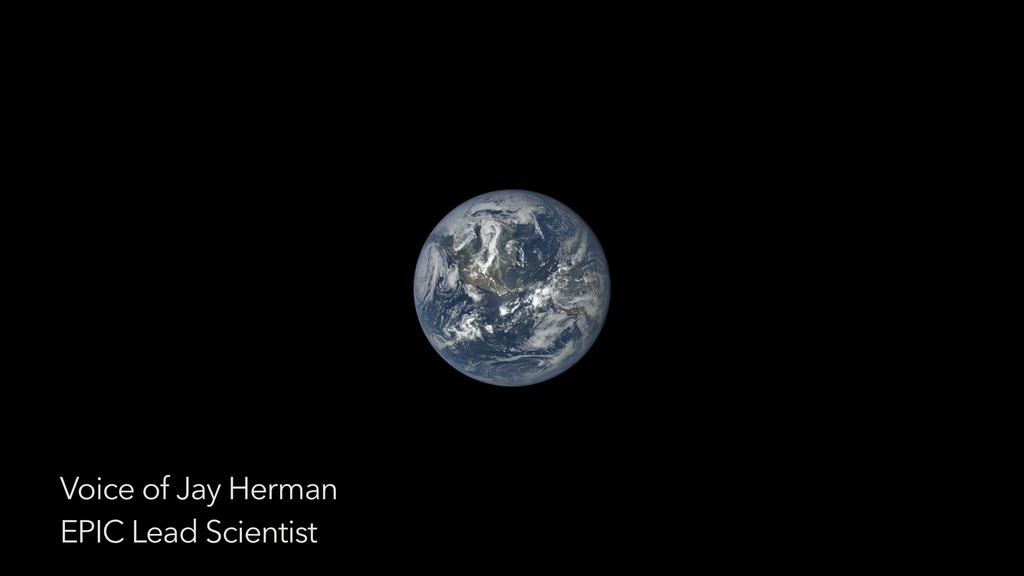EPIC New Science from 1 Million Miles Away
NASA's Earth Polychromatic Imaging Camera (EPIC) sits onboard NOAA's Deep Space Climate Observatory (DSCOVR) satellite at the Lagrange point 1, a million miles away from Earth.
EPIC has been imaging the sunlit side of Earth between 13 and 22 times a day since 2015. Now, scientists have developed ways to use these images to study specific elements of our home planet's atmosphere and plant life, like ozone in the stratosphere, the makeup of clouds and the health of vegetation on land.

Smoke from wildfires in North America is visible in this EPIC image from Aug. 15, 2018.
Credits
Please give credit for this item to:
NASA's Goddard Space Flight Center
-
Producer
- Kathryn Mersmann (USRA)
-
Writer
- Samson K. Reiny (Wyle Information Systems)
-
Scientist
- Alexander Marshak (NASA/GSFC)
-
Image processing
- Joycelyn Thomson Jones (NASA/GSFC)
Series
This page can be found in the following series:Release date
This page was originally published on Thursday, September 27, 2018.
This page was last updated on Wednesday, May 3, 2023 at 1:46 PM EDT.
![Music: Crystal Sound Bath by James Alexander Dorman [PRS]Complete transcript available.](/vis/a010000/a012600/a012600/LARGE_MP4-12600_sunglints_large.00737_print.jpg)
